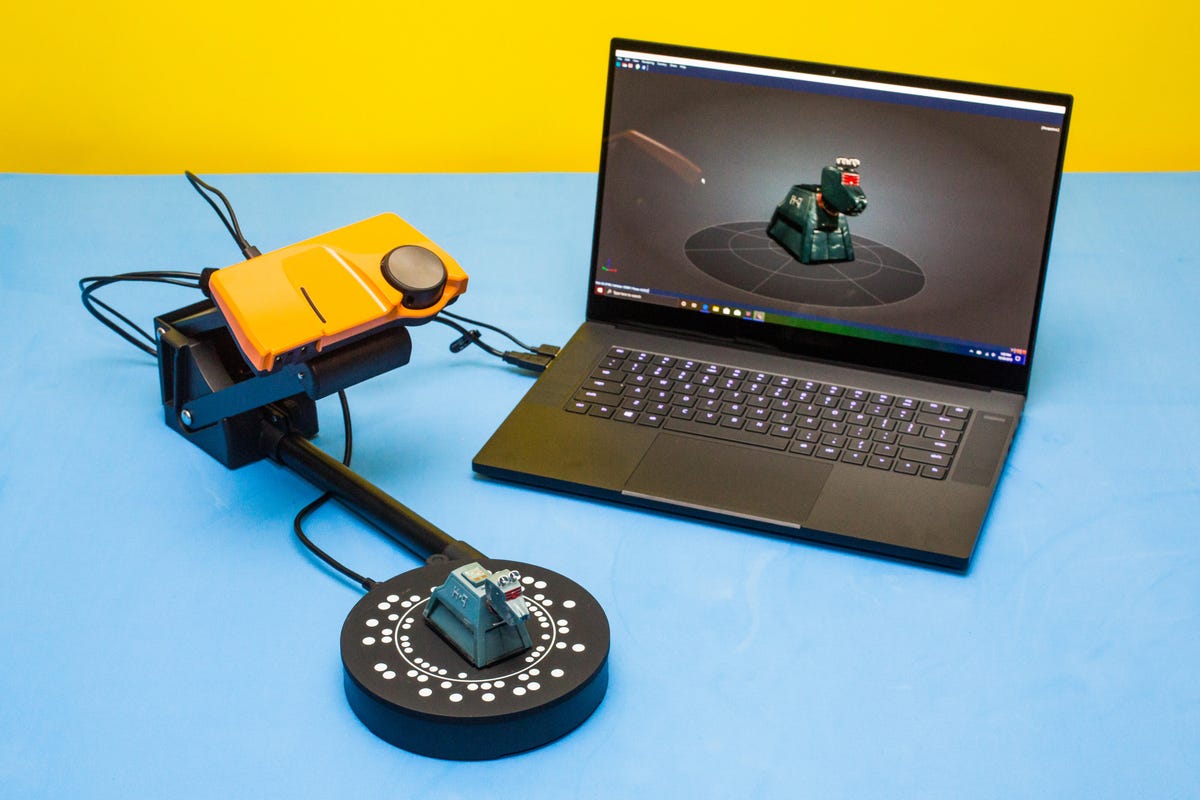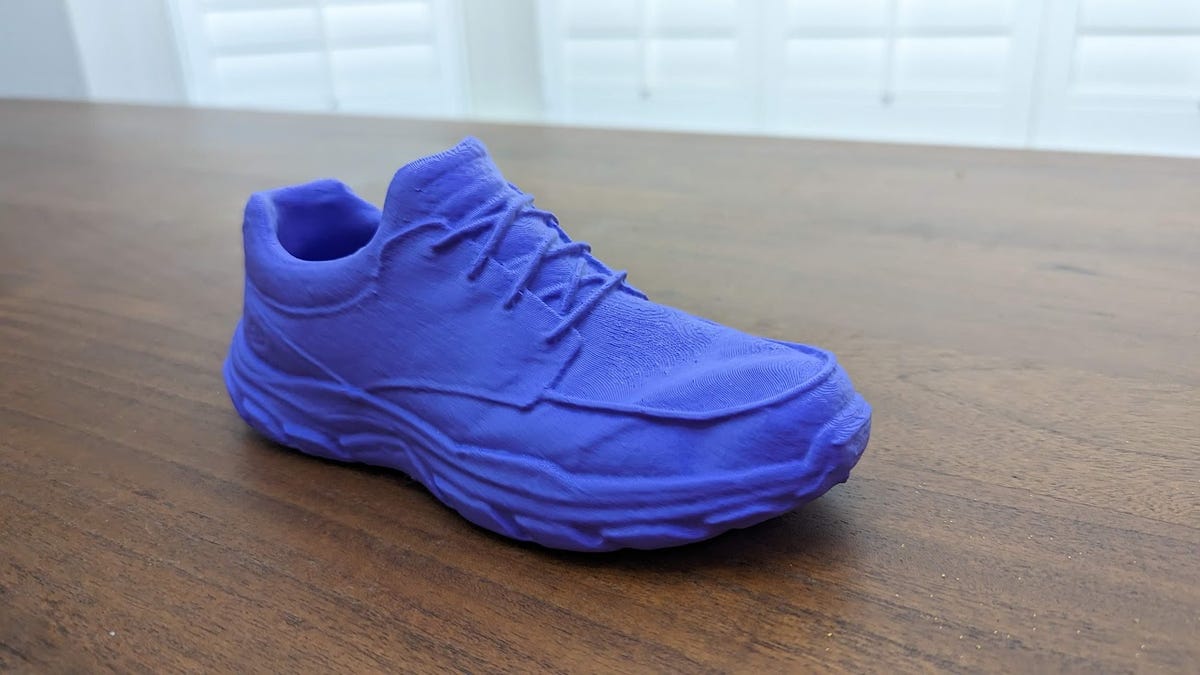Most 3D scanners are handheld devices that scan small to medium-sized objects with a high degree of accuracy. The resulting files are used for 3D modeling or 3D printing and they can produce fantastic results — if you’re patient and willing to learn how to use them.
These scanners, like the popular Revopoint Pop 2, can cost $700 and have a steep learning curve. Alternatively, if you own an iPhone 12 Pro or higher you can almost recreate what a fancy 3D scanner does. It isn’t quite as accurate, especially for 3D printing, but if you spend some time tweaking, the output can be just about as good.
Read more: Best 3D Printer
Creating 3D prints from files uploaded to communities like Thingiverse or Printables is fine, but once you can scan and recreate real-world objects, there’s no limit to what you can create. For example, you could replicate a collectible figure or scan a broken mechanical part to recreate it.
Using a 3D scanner
Pros:
- Can capture detail down to 0.1mm
- Dimensional accuracy is excellent
- Very little clean-up when you succeed
Cons:
- Often costs more than a 3D printer
- Software is often very hard to use
- Creating a usable model is painfully difficult
3D scanners use reflected light — sometimes in the form of lasers — to map the surface of an object. The scanner uses two cameras to judge depth and create a “point cloud” that can be fused together to make a solid object. That solid model is often incredibly accurate down to the smallest crack or imperfection.

But scanning an object can be difficult. The scanner needs to be the right distance from the object you’re scanning at all times, and the object has to be the right color and reflectivity as well. Often, you will need a 3D scanning spray to coat your model in a white, evaporative coating to make scanning easier. This is not possible with human subjects, but does help with inanimate ones. Or at least it should.
I’ve spent hours using 3D scanners and struggle every time to produce a model that could be 3D printed. Often a scan will lose connection, then restart in the wrong place, causing severe disruption. After a lot of trial and error, I’ve managed to get several usable models, but the amount of work it took just didn’t seem cost-effective.
Using your iPhone
Pros:
- Incredibly fast scanning
- Models are instantly usable as online resources
- You likely already own one
Cons:
- Lower detail and quality
- Can need a lot of clean-up to make it 3D print-ready

The coolest thing about photogrammetry, especially on an app like Polycam, is that it can be used with any camera you have, including DSLR cameras and even drones. You simply upload as many images as you want to the Polycam app and it will spit out a 3D rendering of the object you took, whether that’s a shoe or the Grand Canyon. It even works with Android phones, though none of those have the lidar technology like the iPhone.


